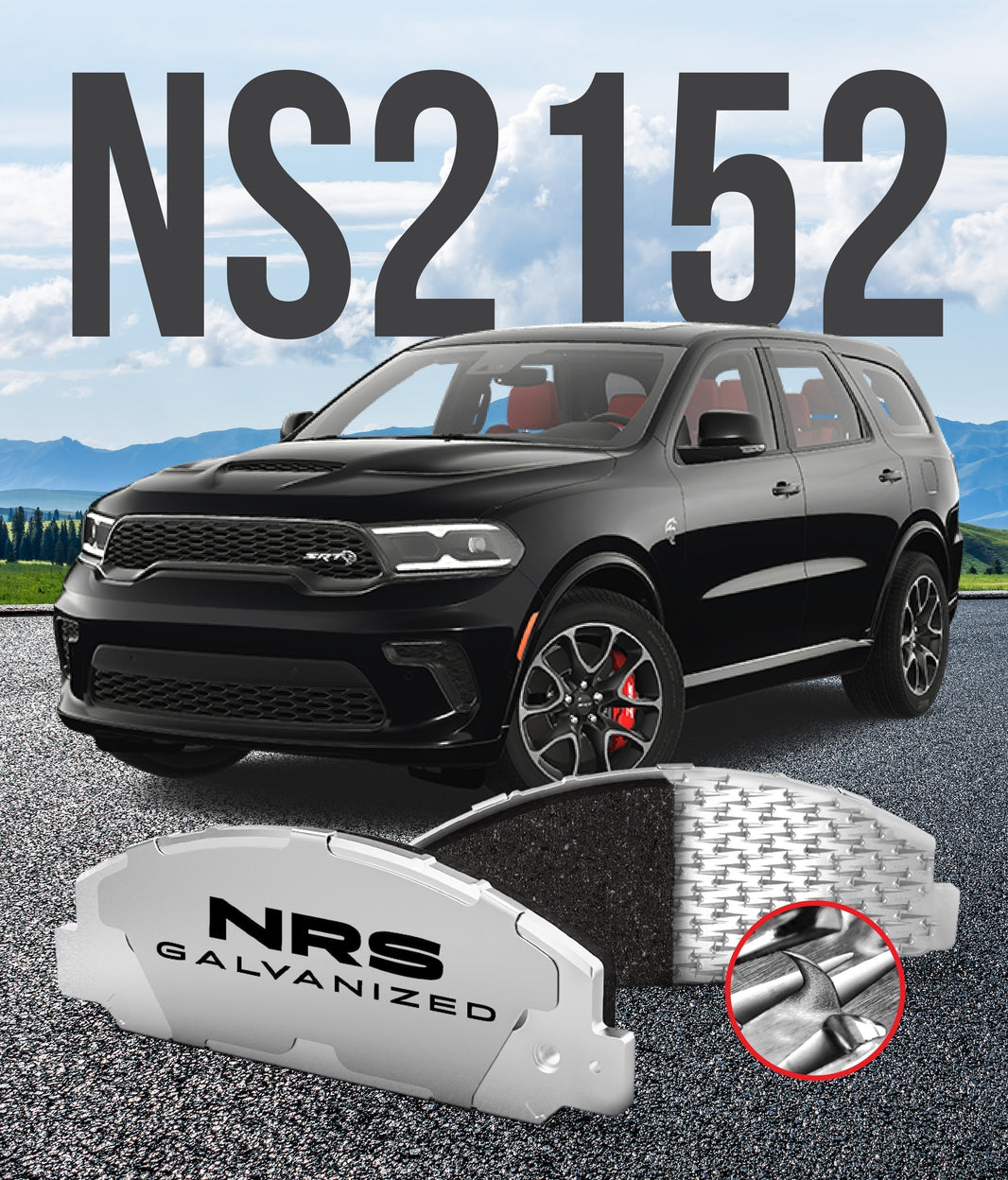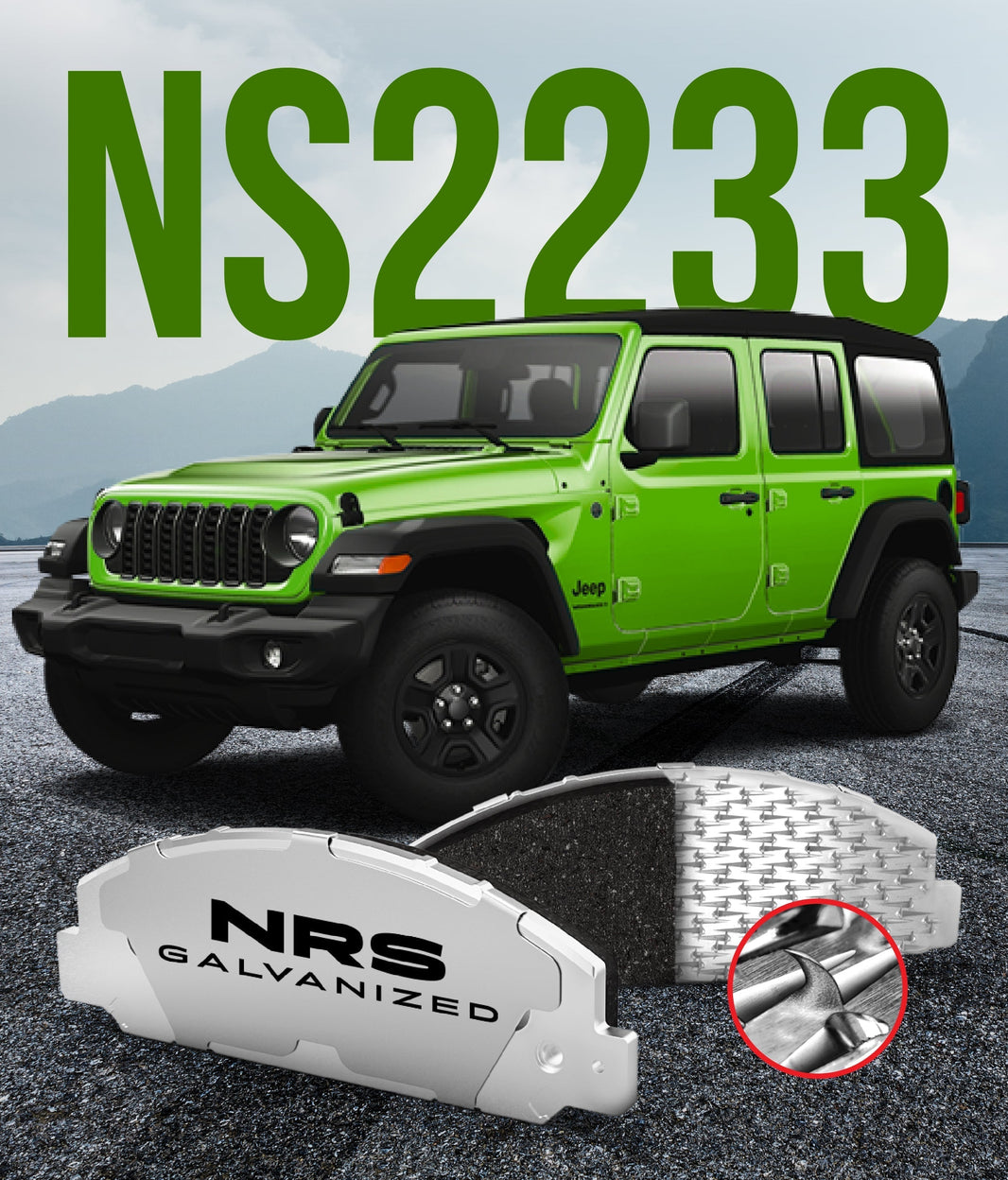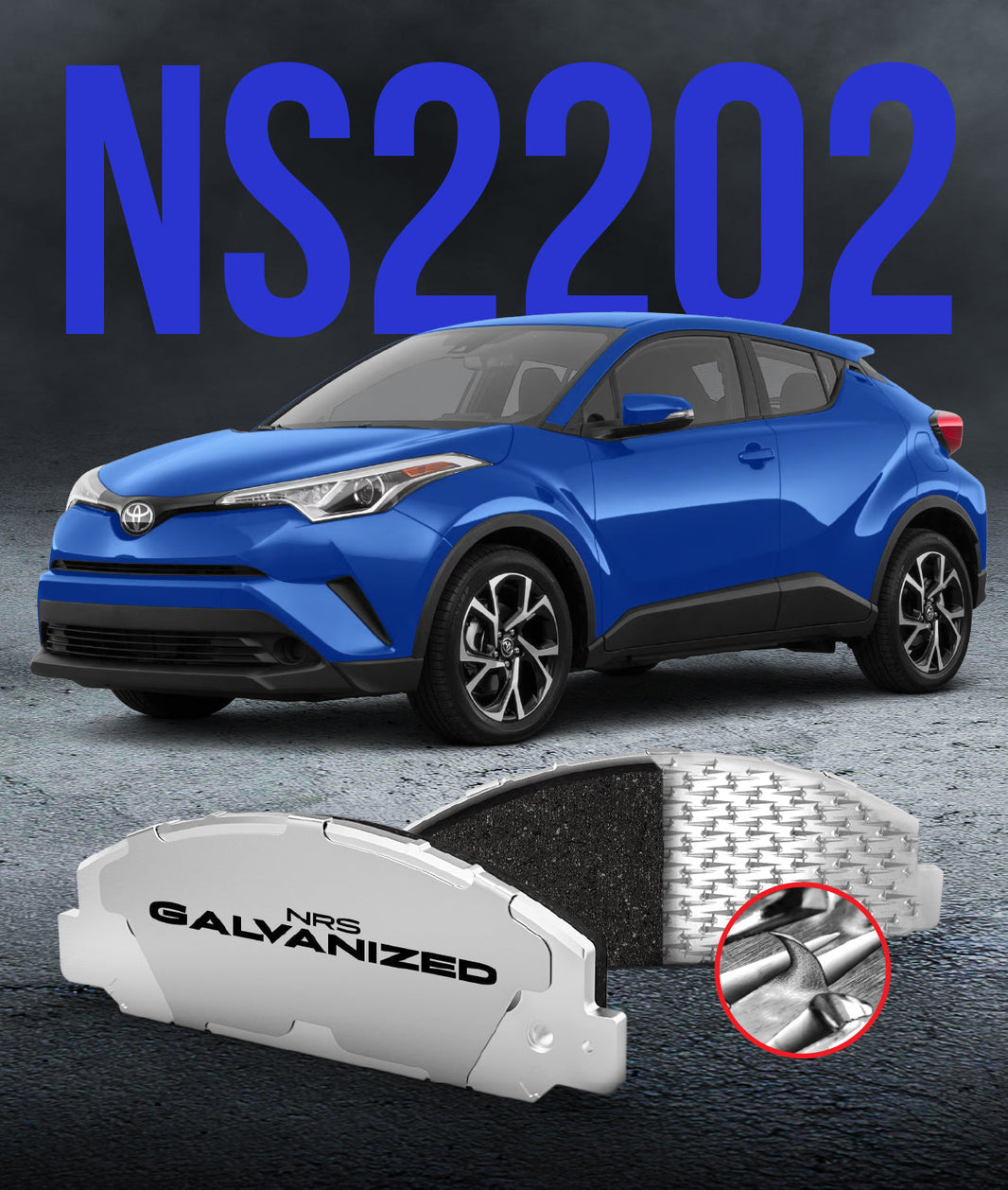
When you think about your car's ability to stop, your mind probably goes straight to the brakes. You picture the pads, rotors, and calipers all working together in a powerful hydraulic system. While these components are certainly the stars of the show, they are not acting alone.
In fact, the final and most critical link in the stopping chain is your tires. They are the only part of your car that actually touches the road. This means that no matter how powerful your brakes are, their effectiveness is ultimately limited by the condition of your tires and the alignment of your wheels.
The Unseen Connection: Where Rubber Meets the Road
Your braking system's job is to create friction to stop the wheels from turning. Your tires' job is to take that action and transfer it to the pavement. Think of it like a world-class sprinter; they might have the strongest legs in the world, but if they are wearing slippery dress shoes on a wet floor, they will not be able to put any of that power down.
Your tires are your car's running shoes, and their condition directly determines how much of your braking power actually gets used. Worn-out tires on a car with brand-new brakes can be a very dangerous combination. It creates a false sense of security that can have serious consequences in an emergency.
How Wheel Alignment Affects Braking
Wheel alignment is one of the most misunderstood aspects of car maintenance. It is not about the wheels themselves but about the direction and angle of the suspension that holds them. A proper alignment ensures that all four tires are pointing in the same direction and are sitting perfectly flat on the road surface.
When your alignment is out of specification, it can have a surprisingly large and negative impact on your car's ability to stop safely and predictably. This is a critical safety issue that goes far beyond just causing your tires to wear out unevenly.
The Problem of Reduced Grip
The most direct way how wheel alignment affects braking is by reducing the amount of grip your tires have on the road. For your tires to provide maximum traction, their entire tread surface, known as the contact patch, needs to be pressed firmly and evenly against the pavement. A misaligned wheel can cause the tire to tilt, lifting part of the tread off the road.
Imagine trying to stop a rolling suitcase. You would have much more stopping power if you could put your whole hand flat on top of it. If you could only press on it with your fingertips, it would be much harder to stop. A bad alignment forces your car to try and stop on its "fingertips."
Pulling and Instability During Braking
Have you ever felt your car pull to one side when you hit the brakes? While this is often a sign of a stuck brake caliper, it is also a classic symptom of a bad wheel alignment. Your brake pedal feel tells you a lot about your vehicle's health, and pulling is a key warning sign.
This instability can be very unnerving in a normal stop. In an emergency panic stop, it can be extremely dangerous, potentially causing you to lose control of the vehicle. This is why it is so important to diagnose and fix a brake system imbalance for your safety.
The Domino Effect on Other Parts
A bad wheel alignment puts a constant, uneven strain on all of your car's suspension and steering components. This can cause premature wear on parts like ball joints, tie rods, and wheel bearings. Just as there are many causes of brake pads wearing unevenly, alignment issues are a primary cause of uneven tire wear.
The Critical Role of Tire Condition
Your tires are complex structures made of rubber compounds, steel belts, and synthetic fibers, all designed to provide grip in a variety of conditions. However, they are also wear items. As the miles add up, their ability to perform their job diminishes, and this has a direct and dramatic effect on your stopping distances.
It is a simple truth that the best brakes in the world are useless if your tires cannot grip the road. This is why the importance of car brake inspections should always be paired with regular tire checks.
The Danger of Worn-Out Treads
The grooves in your tire's tread are not just for looks; they serve a vital purpose. They are designed to channel water out from under the tire to prevent hydroplaning in wet conditions. As the tread wears down, these channels become shallower and less effective.
On a wet road, a car with new tires can stop in a significantly shorter distance than the same car with worn tires. The worn tires will simply skim over the surface of the water, with the brakes having little to no effect. The relationship between tire grip and stopping distance is one of the most direct in all of vehicle dynamics.
The Problem of Improper Inflation
The air inside your tires is what carries the entire weight of your vehicle. The pressure of that air has a huge impact on the shape of your tire's contact patch. A tire that is underinflated will sag in the middle, lifting the edges of the tread off the road. An overinflated tire will bulge in the center, lifting the shoulders of the tread.
In both cases, you are reducing the amount of rubber that is in contact with the road, which directly reduces your available braking grip. Checking and adjusting your tire pressures at least once a month is one of the easiest and most effective things you can do to maintain your car's safety.
The Issue of Old, Hardened Rubber
Tires have a limited lifespan, even if they have plenty of tread left. Over time, the rubber compounds in a tire are exposed to oxygen and UV rays from the sun, which causes them to slowly dry out and harden. This process is known as oxidation.
An old, hard tire has much less grip than a new, pliable one, especially in cold or wet conditions. Most manufacturers recommend replacing tires after six years, regardless of how much tread they have left. You can find the age of your tire by looking for the four-digit DOT code on the sidewall; the first two digits are the week, and the last two are the year it was made.
A System Working in Harmony
Your car's ability to stop safely is not just about the brakes. It is a team effort that relies on the brakes, tires, and suspension all working together in perfect harmony. By ensuring your tires are in good condition and your wheels are properly aligned, you are giving your brakes the best possible foundation to do their job effectively.
At NRS Brakes, we engineer the Best Brake Pads on the market, designed for superior safety and longevity. Our advanced friction materials and patented mechanical attachment technology provide consistent, reliable stopping power. But we also know that our products can only perform their best when the rest of the car, from knowing the signs that brake pads are worn to having a proper alignment, is properly maintained.
Have you ever noticed a significant improvement in your car's handling or braking after getting a new set of tires or a wheel alignment?




